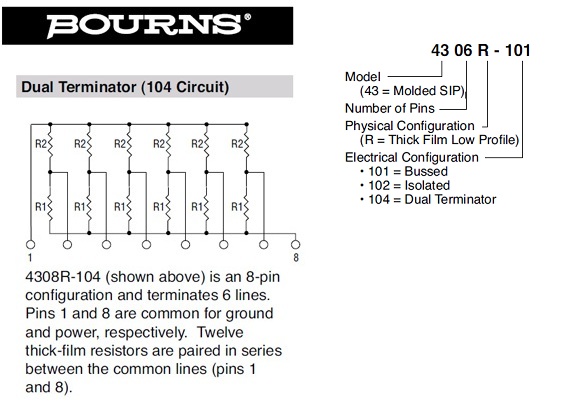Offset(h) 00 01 02 03 04 05 06 07 08 09 0A 0B 0C 0D 0E 0F
00000000 BA 33 80 8E 90 BC 00 3C 8B B4 10 07 10 1F BB BC º3€Ž.¼.<‹´....»¼
00000010 BF 00 06 B9 00 01 B2 A5 AA 1D 06 00 00 BE BE 07 ¿..¹..²¥ª....¾¾.
00000020 B3 04 80 3C 80 34 0E 80 3C 00 35 1C 83 86 10 BE ³.€<€4.€<.5.ƒ†.¾
00000030 8B 35 AF 8D 18 8B 14 8B 0C 02 8B AE 83 86 10 BE ‹5¯..‹.‹..‹®ƒ†.¾
00000040 8B 34 1A 80 3C 00 34 B4 BE 8B 06 AC 3C 00 34 0B ‹4.€<.4´¾‹.¬<.4.
00000050 16 BB 07 00 B4 0E 8D 10 1E AB B0 AB BE BF 05 00 .»..´....«°«¾¿..
00000060 BB 00 3C B8 01 02 17 8D 13 1F 33 0C 33 80 8D 13 ».<¸......3.3€..
00000070 0F 35 AD BE A3 06 AB 93 BE 82 06 BF BE 3D 81 3D .5.¾£.«“¾‚.¿¾=.=
00000080 15 AA 35 87 8B B5 AA 00 3C 00 00 09 2E 36 21 2C .ª5‡‹µª.<....6!,
00000090 29 24 20 30 21 32 34 29 34 29 2F 2E 20 34 21 22 )$ 0!24)4)/. 4!"
000000A0 2C 25 00 05 32 32 2F 32 20 2C 2F 21 24 29 2E 27 ,%..22/2 ,/!$).'
000000B0 20 2F 30 25 32 21 34 29 2E 27 20 33 39 33 34 25 /0%2!4).' 3934%
000000C0 2D 00 0D 29 33 33 29 2E 27 20 2F 30 25 32 21 34 -..)33).' /0%2!4
000000D0 29 2E 27 20 33 39 33 34 25 2D 00 00 00 00 00 00 ).' 3934%-......
000000E0 00 00 00 00 00 00 00 00 00 00 00 00 00 00 00 00 ................
000000F0 00 00 00 00 00 00 00 00 00 00 00 00 00 00 00 00 ................
00000100 00 00 00 00 00 00 00 00 00 00 00 00 00 00 00 00 ................
00000110 00 00 00 00 00 00 00 00 00 00 00 00 00 00 00 00 ................
00000120 00 00 00 00 00 00 00 00 00 00 00 00 00 00 00 00 ................
00000130 00 00 00 00 00 00 00 00 00 00 00 00 00 00 00 00 ................
00000140 00 00 00 00 00 00 00 00 00 00 00 00 00 00 00 00 ................
00000150 00 00 00 00 00 00 00 00 00 00 00 00 00 00 00 00 ................
00000160 00 00 00 00 00 00 00 00 00 00 00 00 00 00 00 00 ................
00000170 00 00 00 00 00 00 00 00 00 00 00 00 00 00 00 00 ................
00000180 00 00 00 00 00 00 00 00 00 00 00 00 00 00 00 00 ................
00000190 00 00 00 00 00 00 00 00 00 00 00 00 00 00 00 00 ................
000001A0 00 00 00 00 00 00 00 00 00 00 00 00 00 00 00 00 ................
000001B0 00 00 00 00 00 00 00 00 00 00 00 00 00 00 80 01 ..............€.
000001C0 01 00 04 03 91 23 11 00 00 00 3F A2 00 00 00 00 ....‘#....?¢....
000001D0 00 00 00 00 00 00 00 00 00 00 00 00 00 00 00 00 ................
000001E0 00 00 00 00 00 00 00 00 00 00 00 00 00 00 00 00 ................
000001F0 00 00 00 00 00 00 00 00 00 00 00 00 00 00 15 AA ...............ª

